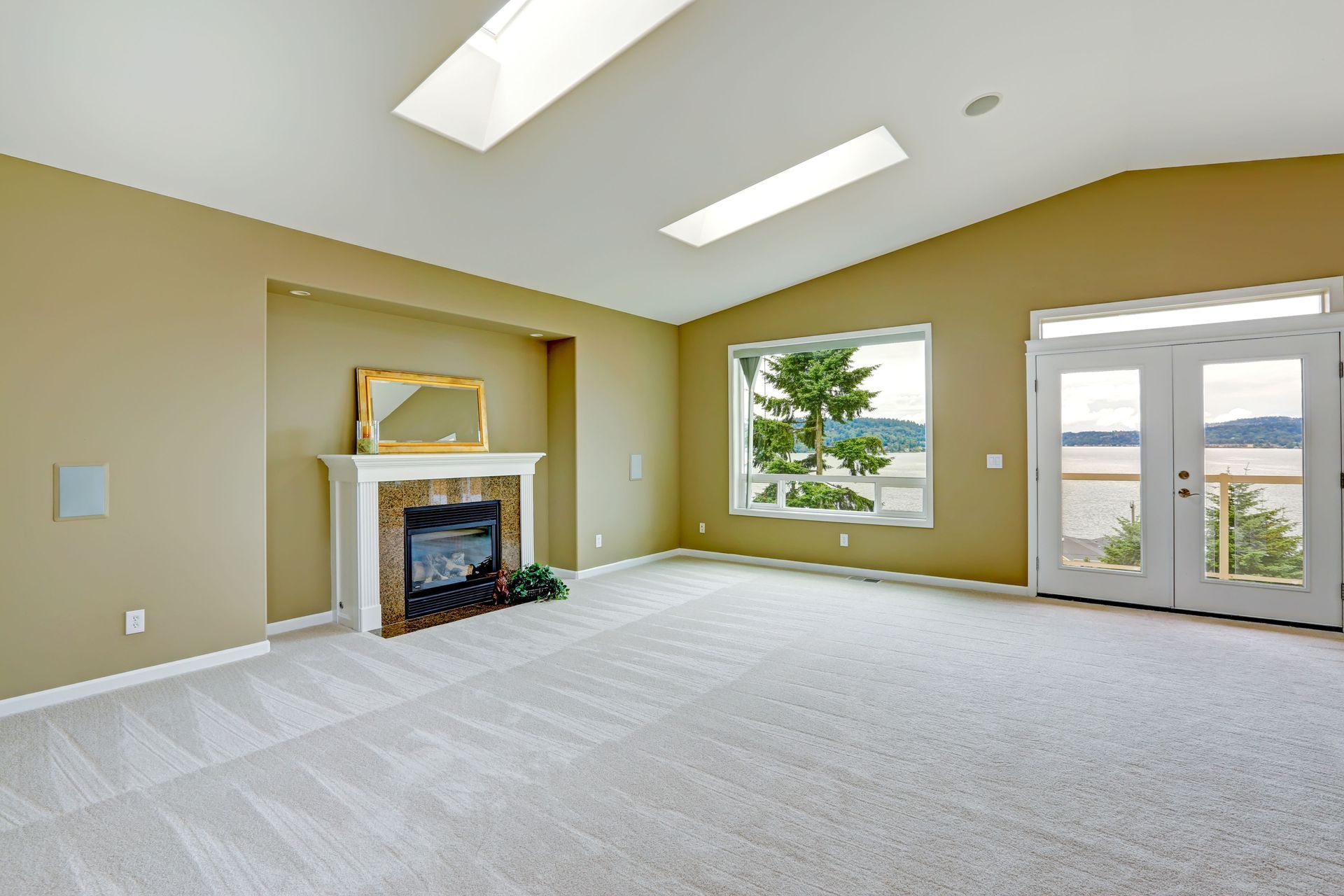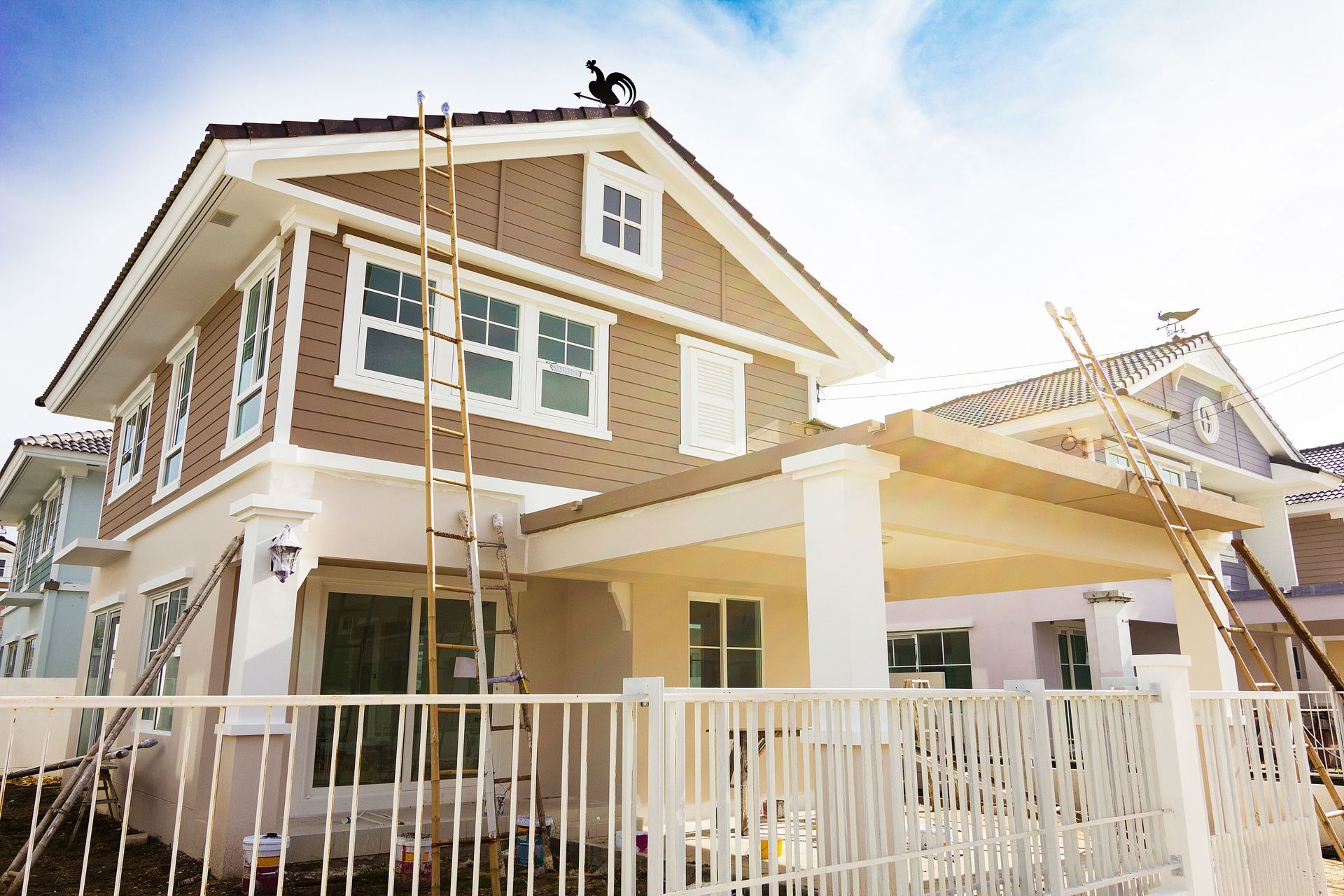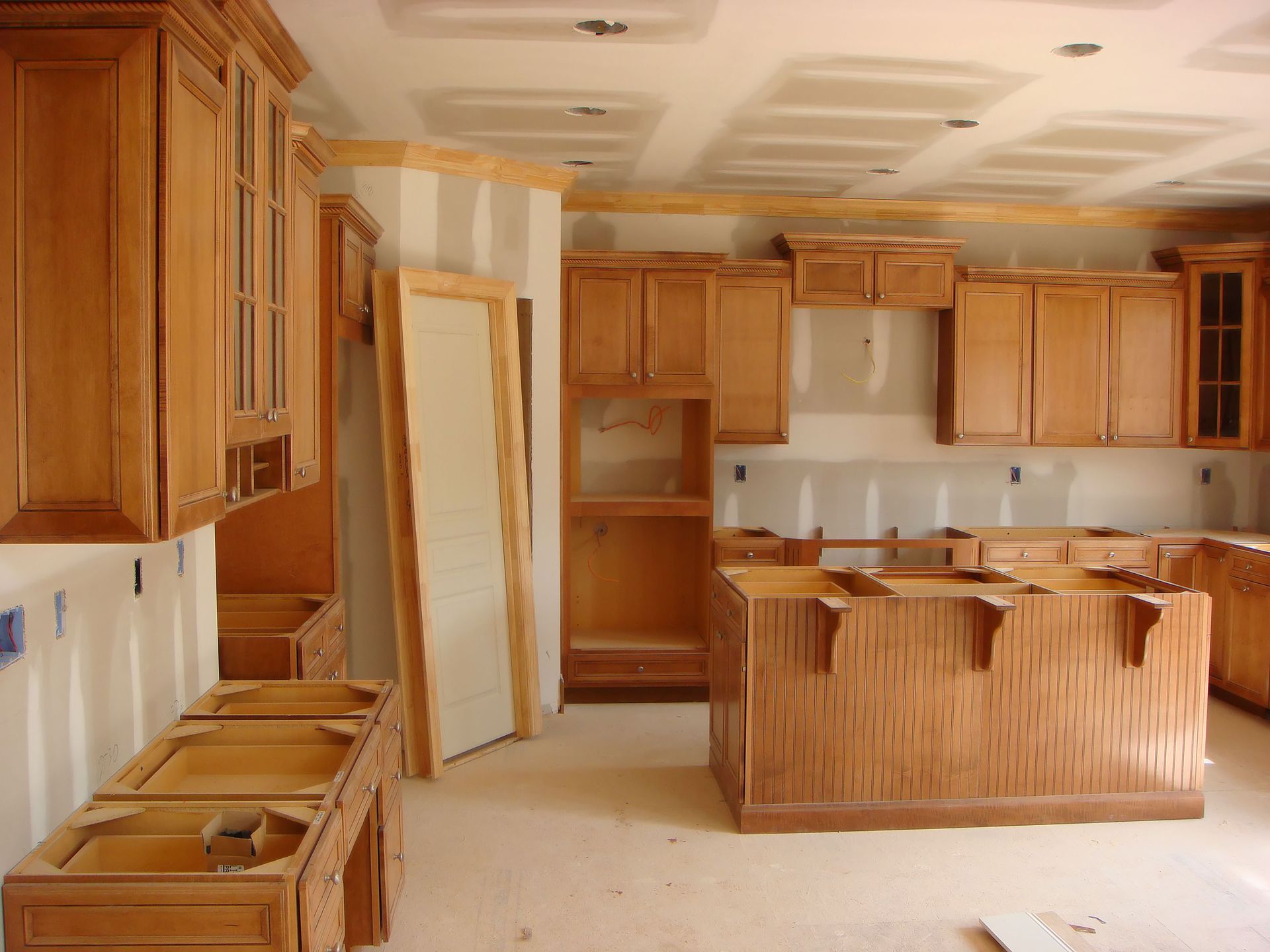November 13, 2025
Home reconstructions can be both exciting and challenging. They offer the opportunity to enhance your living space, improve functionality, and increase property value. However, successful projects require careful planning and informed decision-making to avoid costly mistakes. According to This Old House, to afford renovations, 61% of homeowners plan to borrow money, including 30% who plan to use their credit cards, highlighting the importance of financial preparation. Understanding your objectives and planning strategically will help you navigate each phase smoothly and confidently. Let’s explore the essential steps to ensure your home renovations achieve the results you desire.
Assess Your Current Space
The first step in any renovation is evaluating your existing home layout. Identify rooms or areas that are underutilized or no longer meet your needs. Think about daily functionality and how each space contributes to your lifestyle. For instance, could a seldom-used room become a home office or an extra bedroom? This evaluation helps define the scope of your project and informs your priorities, ensuring that your house renovations address both current and future requirements. Taking measurements and mapping out each area can also help visualize possibilities and prevent surprises later in the process.
Set Clear Objectives
After assessing your space, establish specific goals for your renovation. Are you seeking improved aesthetics, enhanced functionality, or increased home value? Clearly defined objectives guide your decisions throughout the process and help communicate your vision to contractors. Writing down your goals also prevents scope creep and maintains focus on essential elements. Clear objectives can also assist in evaluating the success of your home remodel after completion, ensuring that every choice contributes meaningfully to the overall project.
Prioritize Renovation Features
With objectives in place, rank renovation features by importance. This step is particularly valuable if budget or time constraints arise. Prioritization prevents decision fatigue and keeps your focus on essential improvements. High-impact areas, such as kitchens and bathrooms, often provide the best return on investment. Beyond ROI, prioritization ensures that functional upgrades — like improving storage, enhancing lighting, or adding energy-efficient systems — receive the attention they need, ultimately increasing both comfort and value.
Determine Long-Term Vision
When planning renovations, consider how changes will serve your home over time. Life events, such as expanding your family or adjusting to remote work, can affect design choices. Investing in durable, timeless materials ensures that your home renovations remain valuable for years to come. Long-term planning also allows you to create spaces that adapt to changing needs, such as multi-use rooms or flexible layouts, reducing the need for future costly updates.
Every renovation comes with challenges. Structural limitations, outdated systems, and space constraints are common hurdles. Financial limitations can also restrict your project scope. According to This Old House, many homeowners rely on borrowed funds or credit cards to cover renovation costs, emphasizing the need for careful financial planning. Anticipating potential challenges early allows you to develop strategies to mitigate delays and additional expenses, keeping your house renovations on track and reducing stress during construction.
Estimate Renovation Costs
Accurate cost estimation is critical. Research average project costs and obtain multiple quotes from contractors. Understanding financial requirements allows you to make informed decisions and adjust the scope if needed. Factoring in labor, materials, and any permits ensures you account for all potential expenses. Clear budgeting at this stage prevents surprises and keeps your home renovations achievable within your financial plan.
Set a Realistic Budget
Once costs are estimated, establish a budget for unexpected expenses. A realistic budget guides decision-making when selecting materials and services and keeps your home improvement from exceeding financial limits. Regularly reviewing and adjusting the budget ensures your project remains financially viable from start to finish. Planning for contingencies also allows for design upgrades or necessary modifications without derailing the project.
Explore Financing Options
Home renovations can be a significant financial undertaking. Consider personal loans, mortgage refinancing, or savings to fund your project. Credit cards are another option, though they typically carry higher interest rates and should be used cautiously. Being aware of financing options helps you make informed choices and supports the smoother execution of your house renovations. Comparing rates and terms can also save money in the long run, ensuring your investment is both practical and sustainable.
Track and Adjust Finances
Monitoring expenses throughout the project is essential. Track spending, review budget alignment, and make adjustments as needed. This approach ensures that funds are allocated efficiently and that your home reconstructions proceed without financial disruption. Transparent tracking also promotes better communication with contractors, contributing to project success. Using tools like spreadsheets or budgeting apps can simplify this process, allowing for quick adjustments and real-time tracking of expenses.
Vet Potential Contractors
Selecting the right professionals is crucial. Research contractors thoroughly, check references, and review past work. Reliable contractors help prevent delays, ensure high-quality work, and keep your home renovations running smoothly. A well-chosen contractor can also provide guidance, helping translate your vision into a functional, beautiful reality. Take time to compare experience levels, service offerings, and communication styles to find a team that aligns with your goals.
Collaborate With Designers and Architects
Designers and architects bring specialized skills that enhance the overall renovation outcome. They help with space optimization, structural modifications, and aesthetic improvements. Collaborating closely ensures that your home improvement is both practical and visually appealing while staying within budgetary constraints. Their insights can also identify opportunities for energy efficiency, smart home integration, or custom features that elevate the final result.
Prepare for Construction
Scheduling renovations at an optimal time reduces disruption. Consider seasonal conditions and family routines when planning project timelines. Preparing temporary living arrangements may be necessary for extensive renovations, allowing construction to progress efficiently. Proper preparation, including storing furniture and valuables, protects your belongings and creates a safe workspace for contractors. Advanced planning also ensures that deliveries, inspections, and installations occur on schedule.
Implement Safety Measures
Safety is paramount during home renovations. Ensure that workers, family members, and pets are protected through appropriate measures, such as restricted areas, protective gear, and proper ventilation. Following safety protocols minimizes risk and contributes to a smooth renovation process. Safety planning also extends to temporary wiring, ladders, and heavy equipment, preventing injuries and property damage.
Conduct Final Walkthrough
After construction, perform a final walkthrough with your contractor. This allows you to identify any issues and verify that work meets your expectations. Addressing discrepancies promptly ensures that your home renovations are complete, functional, and ready for use. Confirm that warranties, manuals, and care instructions are provided to safeguard your investment.
Document Renovation Changes
Keep thorough records of all modifications, including plans, communications, and photos. Documentation is useful for insurance, future projects, and property value assessments. Proper records honor your investment and make any future house renovations easier to plan and execute. Maintaining organized files also simplifies potential resale or refinancing processes.
Assess Impact on Home Value
Understanding the effect of renovations on property value helps gauge return on investment. Upgrades often increase market appeal, but ROI can vary depending on the scope of your project. Evaluating this impact guides future decisions and supports financial planning, ensuring that your home reconstructions provide lasting benefits.
Settle Into Your New Space
Finally, take time to enjoy your newly renovated home. Personalize it with furnishings and décor that reflect your style and lifestyle. Ensuring functionality and comfort allows you to fully appreciate the benefits of your home revamp. Establishing routines around new spaces, like organizing storage or adjusting lighting, helps integrate upgrades seamlessly into daily life.
Successful home renovations combine careful planning, strategic budgeting, and collaboration with experienced professionals. From establishing objectives to overseeing construction, each step ensures a smooth, rewarding process. At Tennessee Home Builders, we focus on delivering projects that enhance living spaces while accommodating long-term goals. Contact us to begin transforming your home with expert guidance, quality construction, and a team committed to your vision.






